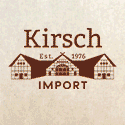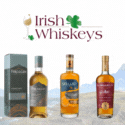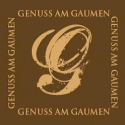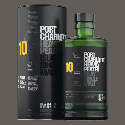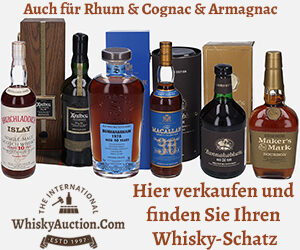Aus der äußerst dynamischen Szene der jungen japanischen Whisky-Destillerien ragt die Chichibu Distillery mit ihren international hoch geschätzten Malts vielleicht ein klein wenig heraus. Master Blender dieser erst 2008 gegründeten Brennerei ist Ichiro Akuto. In einem Interview, geführt von Thibaut Alengry & Hannes aka Wi-Wa WhiskyWatcher, gibt er einen Einblick in die noch junge Geschichte der Brennerei, seine Arbeit und sein Verständnis von Whisky.
Das Interview wurde gestern in den Facebook-Gruppen Ichiro’s Malt Chichibu & Hanyu Fanbase und Chichibu Whisky Fan Club veröffentlicht, wir dürfen es als englischsprachigen Gastbeitrag auch bei Whiskyexperts veröffentlichen. Vielen Dank!
Alle Bilder Copyright Thibaud Alengry
Interview of Mr. Ichiro Akuto
by Thibaud Alengry (Chichibu Whisky Fan Club) and Hannes aka Wi-Wa WhiskyWatcher(Ichiro’s Malt Chichibu & Hanyu Fanbase)
Two years ago, we did an interview with the great Taro Okuyama and offered it for free to everyone in our groups. In order to continue to offer new things to fans all around the world, thank you for taking your time for this interview.
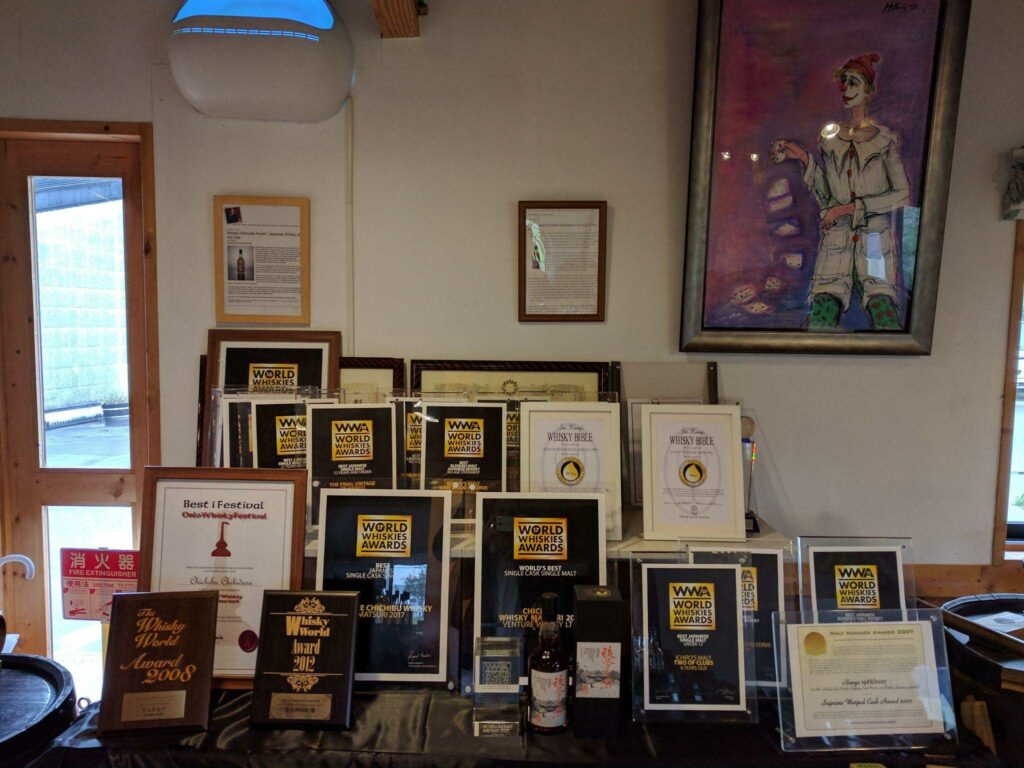
Copyright: Thibaud Alengry
Thibaud Alengry & Wi-Wa WhiskyWatcher: Hello, can you introduce yourself for the people who don’t know you?
Ichiro Akuto: My name is Ichiro Akuto, the founder of Venture Whisky. The company was established in 2004 and started making whisky in Chichibu, Saitama Prefecture in February 2008. Currently, in addition to my work as a company representative, I also work as the distillery’s master blender. In 2019, we were fortunate enough to receive the Master Blender of the Year award at ISC, and we are striving every day to create better products. I have been fascinated by whisky since before the distillery was established, and have visited various bars and enjoyed various whisky every day.
TW: We know you’re the first to build a new distillery after a long Japanese whisky difficult period. How did you get the love and desire to start a distillery when faced with issues and fears? What was the most difficult part when creating the distillery?
IA: My father’s company was handed over, and during the whisky ice age, the new owner was not interested in whisky and was instructed to set a deadline and discard it. However, there were whiskies that had been aged for nearly 20 years, and I felt as if my children were being discarded. After searching for collaborators and being rejected many times, Sasanokawa Sake Brewery in the Tohoku area decided to keep it in the aging warehouse. That’s why I started selling whisky, but the whisky I inherited from my father will eventually run out. Making whisky is a job where you sell what your predecessor made and pass it on to your juniors as an asset. So, as long as I was allowed to sell my father’s whisky, I thought that I had to make it myself, so I was prepared to build a distillery.
At that time, whisky was not well known and it was not selling well, so it was difficult to persuade stakeholders, especially financial institutions, to secure construction funds.
TW: Your logo is now famous all around the world. Why did you choose to put oak leaves and an acorn on your logo? Is there a special significance, is it for the important role of wood in the creation of a whisky?
IA: Acorn is a nut of oak which is essential for aging whisky. The oak is small at first, but eventually grows into a large tree. I adopted it because I thought that even if the company has grown through history, seeing the logo would allow us to return to our original intentions. In addition, we expressed our uniqueness by using the leaves of Mizunara, which is a Japanese oak.
TW: Chichibu has a huge variety of whisky coming from peated and no-peated spirits, various cask aging, different kinds of barley, etc. Will you continue to produce some well-known releases such as the IPA release, Chibidaru, Port Pipe, etc? We saw a few recent sake casks. Will you test other kinds of aging like grappa cask, rum cask, etc and even new kinds of woods like cherry wood or plum wood?
IA: We use a small amount of grappa and rum barrels for aging. I don’t blindly use weird barrels, but I do try to use casks that have the potential to be well thought out and good whisky.
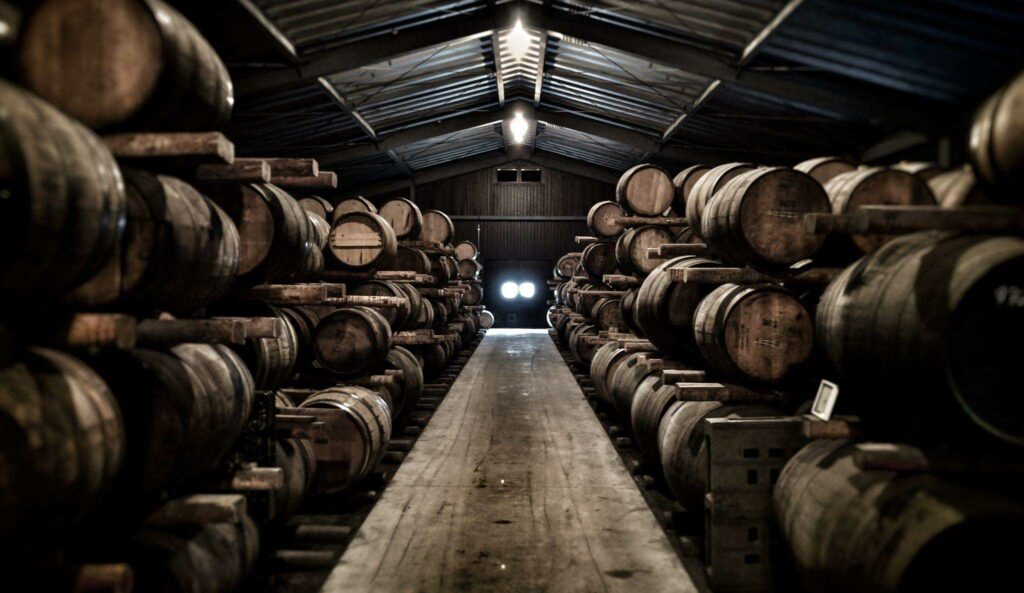
Copyright: Thibaud Alengry
TW: Now that you have experienced several types of aging, do you think that there is a style that fits specifically well with Chichibu distillate? Do you think you have found a style that defines your whisky ?
IA: I think barrel aging is very interesting because it adds various characteristics to Chichibu’s rich new make. I think one of the characteristics of whisky making is that we don’t immediately get results, such as what we think is suitable for aging in Chichibu at the moment, or what has the potential to improve in the future.
TW: Currently there are just blend and pure malt whisky in permanent distillery bottling, the leaf bottles. Do you plan to release a permanent bottle version but in single malt thanks to the increased production of the recently opened second distillery?
IA: I don’t know when it will be because it depends on the aging situation, but I hope that someday we will be able to deliver single malts all year round.
TW: Most of the fans are overwhelmed at how well Chichibu integrates peat in its whisky, even when it comes to young expressions/bottling. Is there any secret to this ?
IA: There is no particular secret. I think it is the result of the unique new spirits that have been carefully crafted with flavors that can withstand the strength of barrels and peat, and the large temperature difference in Chichibu, which has a positive effect on the aging of whisky.
TW: In 2018, you built a new distillery near the first one. Almost the same as the first one but bigger. As you start to distillate in summer 2019, when can the fans expect the first whisky release from the second distillery?
IA: I would like to decide what to do by tasting it when it reaches the age of aging. We want to deliver delicious whisky to everyone, so we will not automatically release it after reaching a certain age.
TW: As there are some differences from the first distillery, heating process, European wood for washback, etc, what are the differences in taste of both distillates? If the distillate is almost the same, can we say that distillery 2 is more of a copy/clone of distillery 1?
IA: Whisky making is similar to any distillery’s flow chart. However, every distillery produces unique new make whisky. Even if the shape is the same, the style of the distillate from the first and the second distillery will be different since the size is different. In that sense, I don’t think it will be a copy or clone.
TW: Since Chichibu distillery 2 is another distillery, are you planning on giving a different name, bottle shape, etc?
IA: It has not been decided yet.
TW: Now that you have whisky from 2 different distilleries we know that you will create blends from these two distilleries. Are you going to create a different name and shape of bottles to differentiate these blends like Nikka did with Taketsuru for example?
IA: It has not been decided yet.
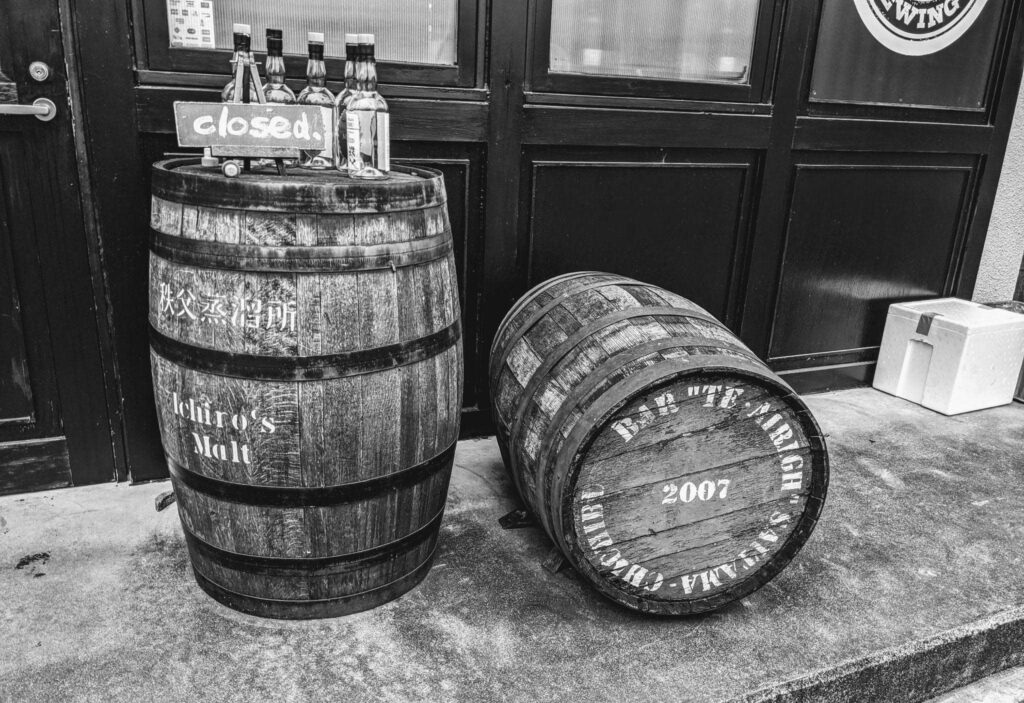
Copyright: Thibaud Alengry
TW: The art of blending, as we see with many new releases, becomes more and more important for the distillery and it’s a huge success. Where do you see the future production ratio of single malts vs blended whisky created at Chichibu in midterm and long term?
IA: I think more than half of the total will be blended whisky whatever the era.
TW: In 2008 Chichibu was the first distillery to open in many years. Nowadays we discover more and more young distilleries in Japan, located in various parts of the country, varying in climate, size and goals. As the production will grow significantly, are you planning on sharing casks with these newly opened distilleries the same as you did with Mars?
IA: There is a possibility if both whisky makers recognize the quality and share the same aspirations.
TW: Are you planning on creating a new small batch release as you did with Paris/London/US edition?
IA: There will be some.
TW: What is the goal/objective and the biggest challenge for Chichibu in the next 10 years?
IA: To continue making whisky while further improving quality.
TW: What is the thing you are the most proud of since the start of the distillery?
IA: Enjoying 30-year-old whisky with people who have supported us until now.
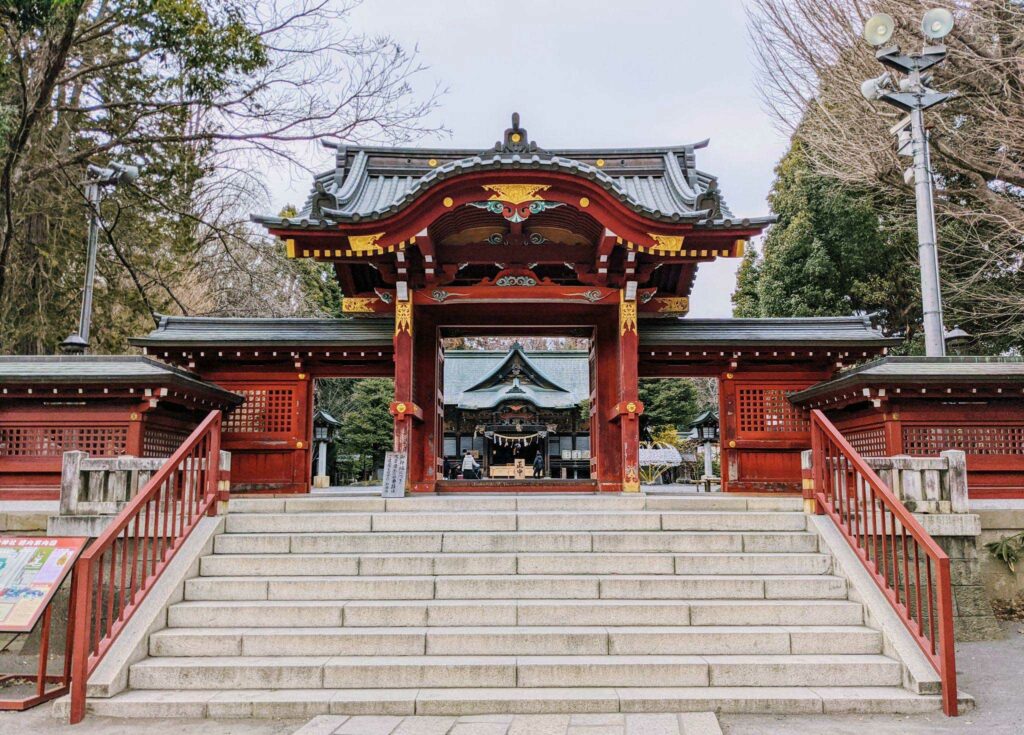
Copyright: Thibaud Alengry
TW: Now Diageo company has entered the stage, buying parts of Kanosuke distillery. A thing that Diageo did successfully before with Westland, Stauning, Westward etc.. Do you think it will have an impact on Japanese whisky? Maybe a less independent whisky distillery ?
IA: I don’t really understand it myself, but I think there will probably be various changes. However, I think that what we should do is to explore what we believe without being influenced by the surrounding environment.
TW: I leave you the last word if you want to add something for your fans around the world.
IA: Many distilleries have been established, and I feel that an exciting time is coming for the industry as well. I think there will be a variety of pearls in the future because there are different manufacturers. Don’t make judgments based solely on someone else’s opinion or information.
Thank you very much for giving us the opportunity for this interview. It was a great pleasure and an immense honor to be able to exchange with you. All the fans wish you a very good continuation in your future projects that we will watch very closely.
A big thank you also to all those who allowed us to carry out this interview, Mrs. Yumi Yoshikawa, Mrs. Momoko Kato, Mr. Pierre Carlier, Mr. Nicolas Ly and all those I unfortunately forget. Many thanks again to Mr. Ichiro Akuto for this interview.



